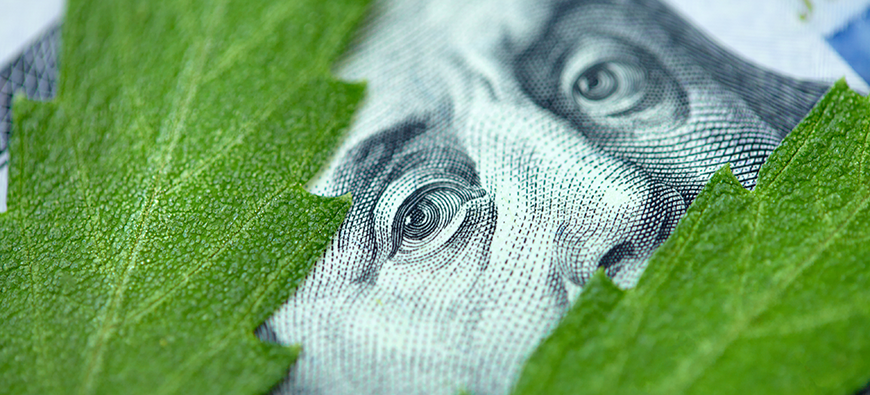
What to Know About Cannabis Banking in 2022
The cannabis industry is growing exponentially, and nationwide sales are estimated to exceed $30 billion in 2022.
This growth comes with extraordinary opportunities for banks to offer services to the still largely unbanked and underbanked cannabis industry. Board members and C-suite executives cannot afford to ignore the potential impact of cannabis on their bank in 2022, whether they are banking it or not. Here’s some trends that the industry should be on the lookout for.
More states will legalize marijuana in 2022
The website Ballotopedia is tracking over a dozen proposed marijuana legalization initiatives as of September. These include attempts to legalize marijuana for medical purposes in Wyoming, Idaho and Mississippi, medical and adult uses in Nebraska and adult recreational uses in Arkansas and Ohio. Any kind of legalization in Nebraska would be significant; it is currently the only state with no loosened legal restrictions on marijuana possession or use. Banks located in states without a legal marijuana program, including adult or medical, may see that change by the end of 2022 and need to start planning now for how this could affect your bank.
Marijuana licensing and sales will begin in states that legalized or expanded their programs in 2021.
Marijuana-related business (MRB) licensing and sales don’t begin the day after it’s legalized. A governor’s signature is just the first step. Legalization requires months of work by a newly appointed marijuana regulatory authority to develop the actual regulations – the infrastructure – that make licensing and sales possible. 2022 can expect to finally see sales in states that legalized marijuana in 2021.
There’s no guarantee that any federal marijuana legislation will pass in 2022.
There are currently two major proposed bills that would loosen federal policy towards marijuana: the Secure and Fair Enforcement Banking Act (SAFE Banking Act) and the Cannabis Administration and Opportunity Act (CAO Act).
The most attractive to banks is the SAFE Banking Act, which would ensure federal regulators could not take adverse action against banks that provide services to state-legal MRBs. It would also require the Federal Financial Institutions Examination Council to establish uniform exam guidelines for evaluating marijuana banking programs. This legislation passed the House of Representatives by a comfortable margin in 2020 and again in 2021, but has yet to make it to the Senate floor for a vote.
Senate leadership has made it clear that passage of the CAO Act is their priority, with Sen. Cory Booker (D-NJ) going so far as to say, “I will lay myself down to do everything I can to stop an easy banking bill […] as opposed to focusing on the restorative justice aspects.” There’s been another attempt in the House to push through the SAFE Banking Act as an amendment to the National Defense Authorization Act but there’s no guarantee this will be included in the final version of the bill. As a result, banks shouldn’t count on the SAFE Banking Act passing in 2022, with Senate leadership focused on the CAO Act.
In 2022, cannabis banking will move from “nice to have” to “unavoidable.”
Something new we’ve seen this year is that an increasing number of institutions are building cannabis banking programs because they risk losing high-worth customers if they don’t. For instance, a bank in the Midwest was approached by a member of a prominent farming family that had decided to start growing marijuana. They were upfront about their plans and made it clear that, despite a multi-generational relationship with the bank, they were prepared to go elsewhere if necessary.
We saw something similar in the South: a major customer decided to pivot from growing flowers in their greenhouses to marijuana, and the bank decided to release their marijuana restrictions only after they lost a good part of their customer’s business to a cannabis-friendly competing financial institution. Banks risk losing valuable customers in 2022 if they do not establish cannabis banking programs.
Due to a combination of widespread destigmatization, a steady march of state-by-state legalization and the immense business opportunity of this industry, an increasing number of banks are building lines of business to benefit from this market – or at the least, avoid losing customers to it.
To learn more about what this industry will look like in 2022, and the financial modeling and risk assessment behind successful programs, click HERE.


